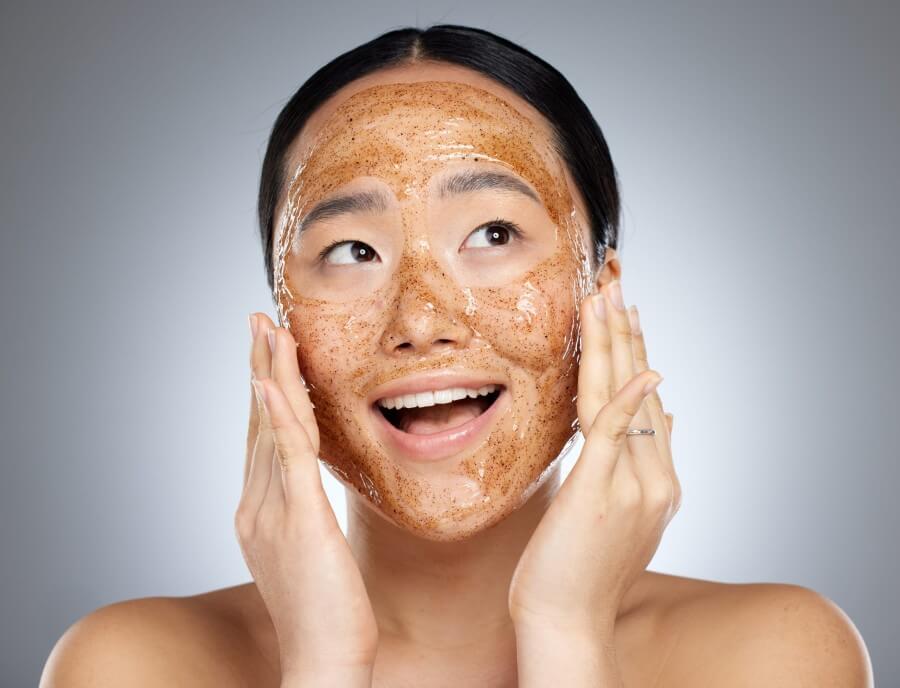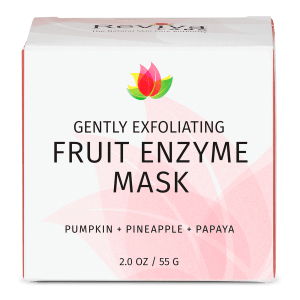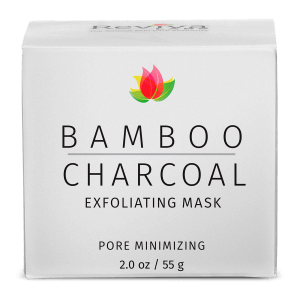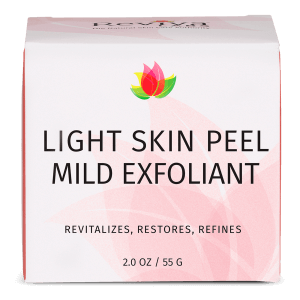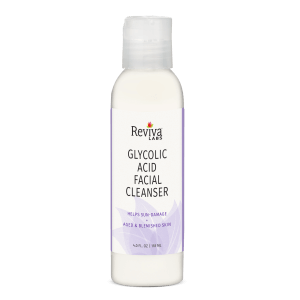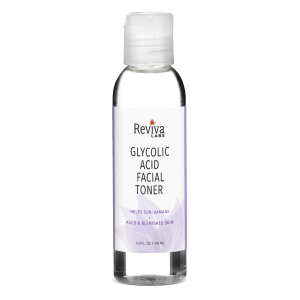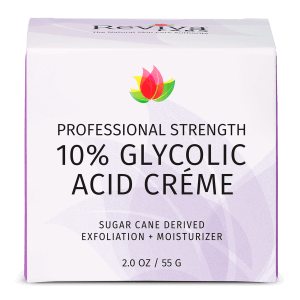Ingredients, Natural, Reviva Labs, Skin Care
How Often Should You Exfoliate?
Exfoliation has been hailed as a skincare savior, promising radiant, youthful-looking skin. Yet, for many, it remains a skincare mystery. How often should you exfoliate your face? What products should you use? And what are the potential pitfalls of over-exfoliation?
This quick guide will answer all these questions and more, helping you understand the ins and outs of facial exfoliation. Your skin is unique, and understanding how to properly care for it is the first step towards a healthy, glowing complexion.
Understanding Exfoliation
Before diving into the details of how often you should exfoliate your face, it’s crucial to understand exfoliation itself. This skincare practice involves removing dead skin cells from the outer layer of your skin. This can be achieved in two ways: physical exfoliation, which involves using a scrub, brush, or other tool to manually remove dead cells, and chemical exfoliation, which uses acids or enzymes to dissolve these cells.
Exfoliation has numerous benefits, including:
- Enhancing the effectiveness of other skincare products by removing the dead skin cells that could prevent them from penetrating the skin.
- Improving skin texture and tone by revealing the fresh, healthy skin cells beneath.
- Boosting collagen production, which can reduce the appearance of fine lines and wrinkles.
- Helping to manage conditions such as acne, by preventing the accumulation of dead skin cells that can clog pores.
However, exfoliation is a delicate process. Over-exfoliation can damage your skin’s natural barrier, leading to dryness, irritation, and breakouts. So, finding the right balance is key.
Determining Your Ideal Exfoliation Frequency
Different skin types and conditions require different exfoliation frequencies. Here are some general guidelines:
Normal Skin
If you have normal skin, meaning your skin is neither too dry nor too oily, you can exfoliate two to three times a week. This frequency is generally safe and effective for maintaining a bright and radiant complexion.
Dry or Sensitive Skin
For those with dry or sensitive skin, exfoliating once a week or even every other week may be sufficient. Over-exfoliation can cause dryness and irritation, so it’s essential to be gentle and cautious.
Oily Skin
Those with oily skin can typically handle more frequent exfoliation, often up to three times a week. However, it’s still important to monitor your skin’s reaction and adjust your routine as necessary.
Combination Skin
If you have combination skin, meaning parts of your face are oily (usually the T-zone) while others are dry, you can typically exfoliate twice a week. You might need to adjust this frequency depending on how your skin responds.
Mature Skin
As we age, our skin naturally becomes thinner and drier. While exfoliation can help stimulate collagen production and reduce the appearance of fine lines and wrinkles, it’s important to use gentle products and not to overdo it.
Rosacea-Prone Skin
If you have rosacea, a skin condition that causes redness and visible blood vessels on the face, you may want to avoid exfoliation altogether. Exfoliating can exacerbate redness and irritation, so it’s generally best to stick to gentle, soothing skincare products.
Remember, these are general guidelines. The best way to determine your ideal exfoliation frequency is to listen to your skin and adjust your routine as necessary.
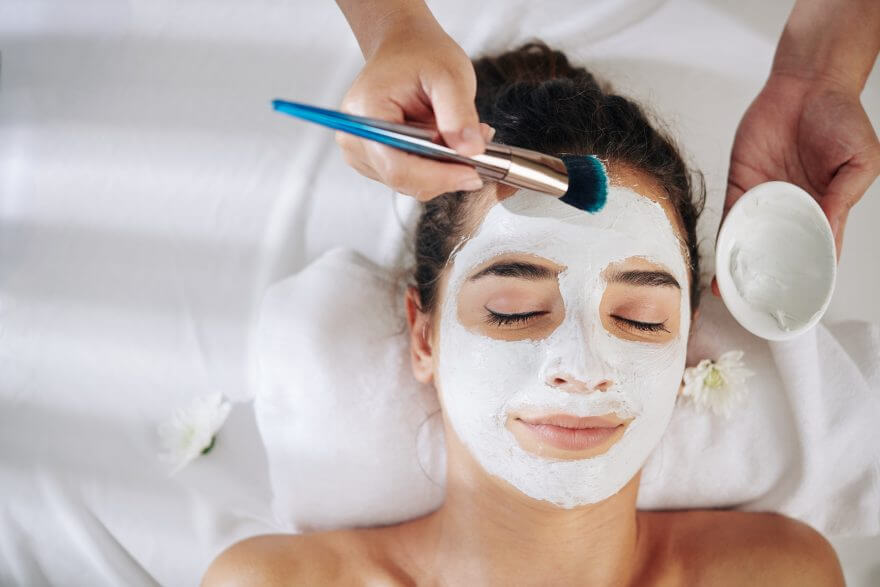
Choosing the Right Exfoliation Method
There are various exfoliation methods available, each with its own benefits and drawbacks. The best method for you depends on your skin type and personal preferences.
Physical Exfoliation
Physical exfoliation involves using a scrub, brush, or other tool to manually remove dead skin cells. While this method can provide immediate results, it’s easy to overdo it and potentially damage your skin. For this reason, physical exfoliation is generally best for those with oily, thicker skin.
Chemical Exfoliation
Chemical exfoliation relies on acids or enzymes to dissolve dead skin cells. There are three main types of chemical exfoliants: alpha-hydroxy acids (AHAs), beta-hydroxy acids (BHAs), and polyhydroxy acids (PHAs). These all work in slightly different ways and are suitable for different skin types.
Enzyme Exfoliation
Enzyme exfoliators are a type of chemical exfoliant that use enzymes to break down the proteins holding dead skin cells together. They’re the gentlest form of exfoliation, making them a good option for those with sensitive or dry skin.
The Benefits and Risks of Exfoliating Your Face
Exfoliating your face can have numerous benefits, from brightening your complexion to reducing the appearance of fine lines and wrinkles. However, there are also potential risks involved, particularly when it comes to over-exfoliation.
Benefits of Facial Exfoliation
The benefits of facial exfoliation are numerous. By removing dead skin cells, exfoliation can help your skin look healthier, brighter, and more youthful. It can increase collagen production, reducing the appearance of fine lines and wrinkles. And if you have acne, exfoliation can help keep your pores clear and reduce breakouts.
Risks of Over-Exfoliation
Despite its benefits, exfoliation is not without risks. Over-exfoliating can damage your skin’s natural barrier, leading to dryness, redness, irritation, and breakouts. Additionally, some exfoliants can leave your skin more sensitive to sunlight, increasing your risk of sunburn.
The Role of Exfoliating Ingredients
When choosing an exfoliating product, it’s important to pay attention to the ingredients. Certain ingredients are known to be effective exfoliants, while others can cause irritation or other issues.
Alpha-Hydroxy Acids (AHAs)
AHAs are a type of chemical exfoliant that work by dissolving the bonds between dead skin cells. They’re effective at increasing cell turnover and can help reduce the appearance of fine lines and wrinkles.
Beta-Hydroxy Acids (BHAs)
BHAs work in a similar way to AHAs, but they’re oil-soluble, meaning they can penetrate deeper into the pores. This makes them particularly effective for those with oily or acne-prone skin.
Polyhydroxy Acids (PHAs)
PHAs are a newer type of chemical exfoliant. They have larger molecules than AHAs and BHAs, which means they work more slowly and are less likely to cause irritation. This makes them a good option for those with sensitive skin.
Physical Exfoliants
Physical exfoliants, such as sugar crystals, walnut shells, and jojoba beads, work by physically scraping away dead skin cells. While they can provide immediate results, they can also be harsh on the skin and should be used sparingly.
Exfoliation and Age
As we age, our skin naturally becomes thinner and drier. This can make it more sensitive to exfoliation. However, exfoliation can also help stimulate collagen production and reduce the appearance of fine lines and wrinkles, making it a beneficial part of an anti-aging skincare routine.
Exfoliation and Skin Conditions
Certain skin conditions can affect how often you should exfoliate your face. For example, if you have rosacea, you may want to avoid exfoliation altogether, as it can exacerbate redness and irritation. If you have acne, regular exfoliation can help keep your pores clear and reduce breakouts.
How to Tell If You’re Exfoliating Too Much or Too Little
If you’re not exfoliating enough, your skin may appear dull and lifeless, with built-up dead skin cells robbing your complexion of its natural radiance. On the other hand, over-exfoliating can leave your skin red, irritated, and prone to breakouts.
If you think you’re exfoliating too much, it’s important to take a step back and give your skin a break. Strip your skincare routine back to the basics of cleanser, moisturizer, and sunscreen, and only reintroduce exfoliation once your skin has calmed down.
Listen to Your Skin
When it comes to exfoliation, there’s no one-size-fits-all answer. The key is to listen to your skin and adjust your routine as necessary. Remember, exfoliation is a tool to help your skin look and feel its best. Use it wisely, and you’ll be well on your way to a healthy, glowing complexion.



